They were not brought to us by the COVID-19 pandemic but they have found in this emergency an open field to be born, grow and multiply. We are talking about the hoaxes, those absolutely harmful information capsules that spread among us as if they were contagious. A type of pathogen that grows in the brain of some humans, begins by colonizing our communication and ends up affecting the rest of our “social organs”.
Are we predisposed to believe the hoaxes?
Very much so. Too much. The reasons for this predisposition have been widely studied by different disciplines. Without going any further, social psychology has been in charge of studying phenomena similar to hoaxes, such as rumors (how they are generated and propagated and what consequences they have). More indirectly, legal psychology has tried to explain how testimonies work, analyzing the reliability of the memory of witnesses who witness an event and, of course, observing how this information is processed by the judges and juries that have to decide on it, that is, what credibility it has. This aspect, that of credibility, related to plausibility, is crucial when analysing the phenomenon of hoaxes.

According to the SOF, a hoax is a false news item that is propagated (i.e. disclosed) for some purpose. This last part is fundamental to understanding the meaning of this phenomenon. It is not a completely spontaneous or unconditional event, but one that takes place for a purpose. This must be taken into account in order to understand that those who start the chain of a hoax (and of course those who contribute to its expansion knowing that what they are expanding is a hoax) must consider what their target audience, their audience, is like when designing the content of that false news and planning its dissemination, so as to increase the probability, so to speak, of hitting the target. It doesn’t matter if this is done very crudely or unconsciously. What matters is that it is done.
A rumour may be true or not. A hoax is always something false transmitted with a certain purpose, usually to generate damageIn this way, even if they have things in common, we should not consider the hoaxes as mere rumors that run around uncontrolled. In other words, they are not just information of greater or lesser truthfulness in its origin that is deformed as it passes carelessly from one person to another, so that the final content bears little relation to the initial content. We must not forget an important difference between rumor and hoax: although many rumors are pure air (pure noise, not in vain in Italian rumore means that, noise) many others are real news that has spread from mouth to ear without control before being confirmed.
On the other hand, hoaxes, first cousins of rumors, are contained in falsehood from the very first moment, deliberate inventions but wrapped in some element of verisimilitude that gives them some credibility and disclosed in a premeditated way with some objective. Although some are really crude, it is always worrying that this can happen because they are also very dangerous: what for someone may be a crude invention for another person, for different reasons (their emotional state, their cultural level, their ideology, their hyper-reactivity to certain news, their ability to suggest themselves, etc.) may be perfectly plausible. That is why hoaxes can have a great destabilizing capacity, especially if the element of plausibility they have is good enough.
When the situation is calm there are some things that are not very credible, but in situations where there are sudden changes, or where we have witnessed striking events for the first time, with no points of reference with which to compare, where sometimes an outrage happens to the previous one and some of them are true, then certain hoaxes seem more plausible.
Specifically, in emergency or exceptional situations, such as the one we are currently experiencing, there are two factors that can influence us to be more permeable to the influence of hoaxes: we are more tiresome (more alert and, at the same time, in a worse mood) and, therefore, more susceptible. This means that our fear threshold is lower (there are more things that are threatening to us and those that were threatening before are even more so). Therefore, we react more intensely to lighter stimuli. In the language of the street: we are more likely to jump at the least, including when reacting to information that comes to us.

On the other hand, if the content of that fake news that is spread to achieve an objective has to do with our interests (that is, it benefits us, it informs us that a wish of ours is fulfilled) we are more open to taking it for granted than if it is something that goes against us, where we are likely to activate more denial mechanisms, even if it is for a few seconds or minutes, as a measure to cushion the impact of the news and, let’s not forget, as a way to give us some time to assess whether we should believe it or not.
Ideology as a means of transmission
Of course. It is a very important condition, but it is not one hundred percent decisive or not in one hundred percent of the cases. There are people who are hypercritical or extremely distrustful and tend to question everything, they do not trust anyone, even if they feel identified with certain ideas or currents of thought, like everyone else. Or they are simply very demanding, very intelligent, very intuitive and, above all, very cautious and act as a good journalist would: they contrast the veracity of the news before taking it for granted, especially in the case of very serious or strangely looking news.
In any case, it is fully accepted that we are predisposed to accept as good those contents that benefit us, that is, those contents with which we previously agreed. We find it comfortable, pleasant, in psychological terms it reinforces us, it reaffirms us in our convictions, it acts as a small internal discharge of satisfaction. This is the emotional and motivational component of the hoax, which happens in parallel with the cognitive component (the mental analysis of information) and has a great influence on it. Sometimes we are more aware of how powerful it is “in our guts” to hear certain information before we have a clear opinion in our mind of what that information looks like to us.
Why does someone create a hoax
Different interests, which can go from the most elaborate or sophisticated to the most simple or silly. Among the latter may be mere irresponsibility, a ” joke ” in the form of hooliganism, which would be a very childish mechanism. In other cases there may be much more conscious and elaborate intentions and the final objective always has a component of hurting someone (for example a defamatory hoax against a specific person) or something, some cause, some group, etc.
We could consider that acting in this way is enormously antisocial. There is a destructive intention of something or someone in particular, but also a destabilizing intention of the environment in general, because in some way you can count on the fact that the river is turned over, the fishermen gain.
To defend ourselves from hoaxes it is best to listen with our ears, not with our gutsThere are many people who believe that confusion, fear, and the unfair beating of that which they do not like can bring them or their own gain. Sometimes they can also be more tangible gains, but this would have to be said by them because it is something difficult to trace and prove and, of course, it is not revealed.
Preventive measures against hoaxes
Hoaxes are neither new nor typical of this era. They are part of human communication and are therefore strongly mediated by sociological and psychosocial factors. However, this does not mean that they should not be feared and fought against: they must be taken into account and neutralized as much as possible, because their influence is very harmful and we can never be sure of the magnitude of their influence.

No one is completely immune to them (neither to them affecting us nor, unfortunately, to contributing to their spread, even if without malice), but there are certain characteristics that should be cultivated to prevent their effects:
Having a critical sense
Being analytical, taking the trouble to question and understand in depth the meaning of certain information. This does not mean that we become totally suspicious or even paranoid (thinking that there are evil intentions behind all news and that we cannot trust anyone). It simply means that we do not swallow one hundred percent of the information that comes to us.
Having different sources of information
And, if possible, good ones (reliable): to value not only information, but the rigor with which it is expressed and also who it comes from. Is it someone to whom we give credit, who is usually well informed, who is careful, who does not tend to spread news indiscriminately? Or is it just anyone?
Having a high cultural level
The more information that is handled in an orderly manner and is understood, the more contrast and verification capability you have. That is, more expertise, more wisdom, in part more intelligence (intelligence is not the same as cultural level, but a high cultural level is one of the many factors that contribute to improving a person’s intelligence). It is important to have references, an abundance of solid and quality information. Not tons of unconnected and piled up data, but a sufficient amount of adequately processed and structured information, rigorous and quality information that serves as a reference to contrast the new data that reaches us.
Prudence
Not falling into the automatic retweet of anything, of sharing everything just because, just because it catches our attention or because it seems relevant to us. Control our automatisms, think about what effect the uncontrolled diffusion of certain data can have, especially those that look strange. Be reflective, not impulsive.



